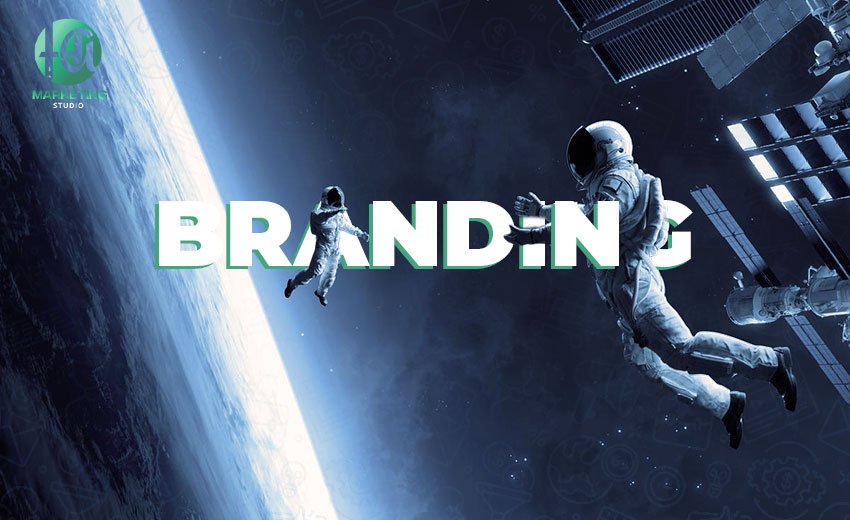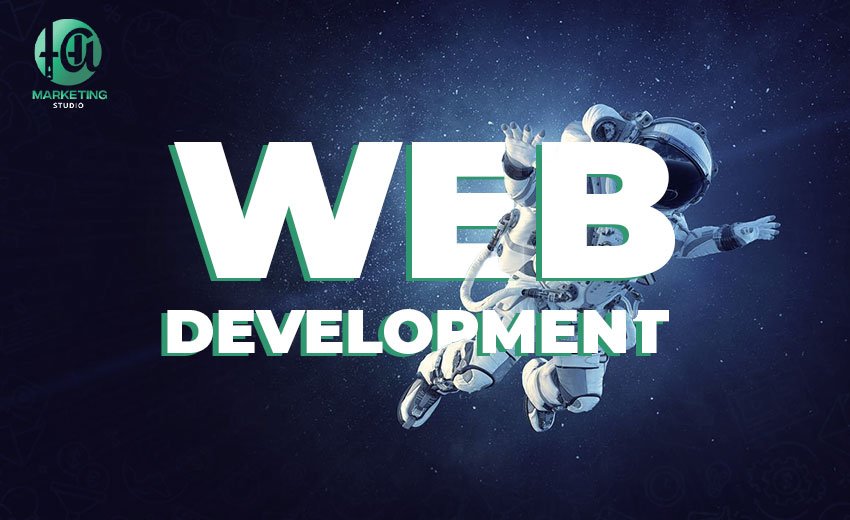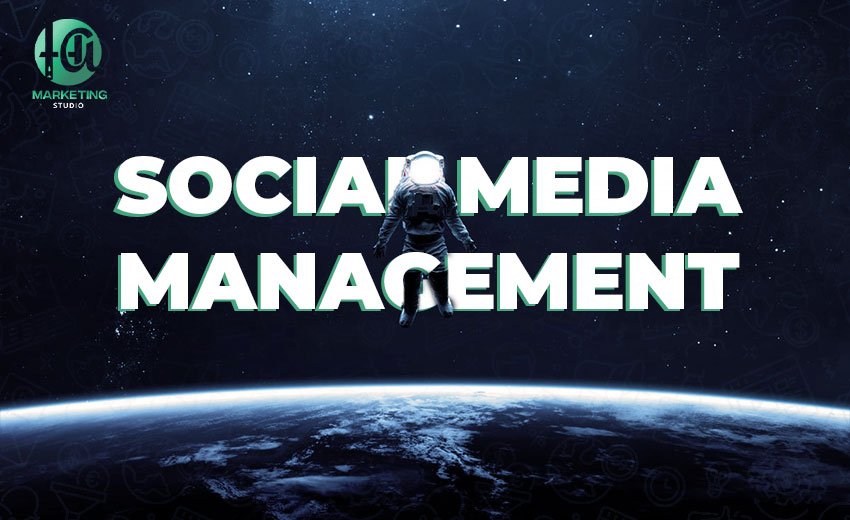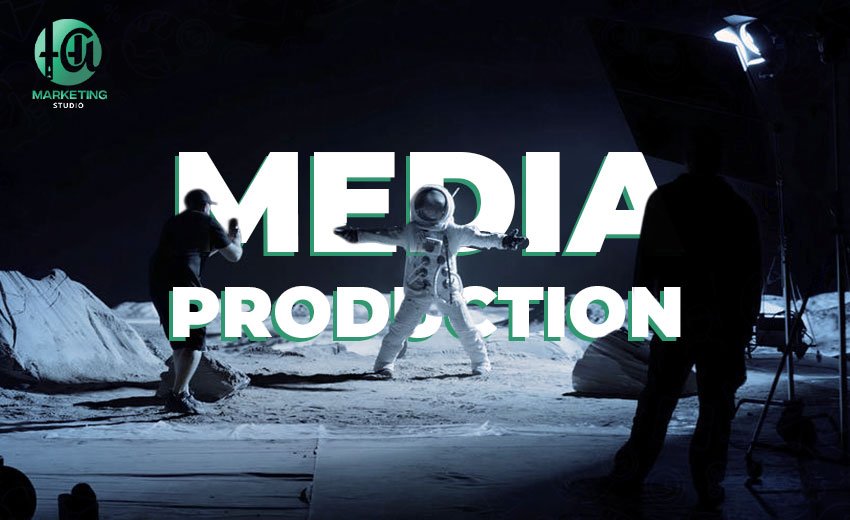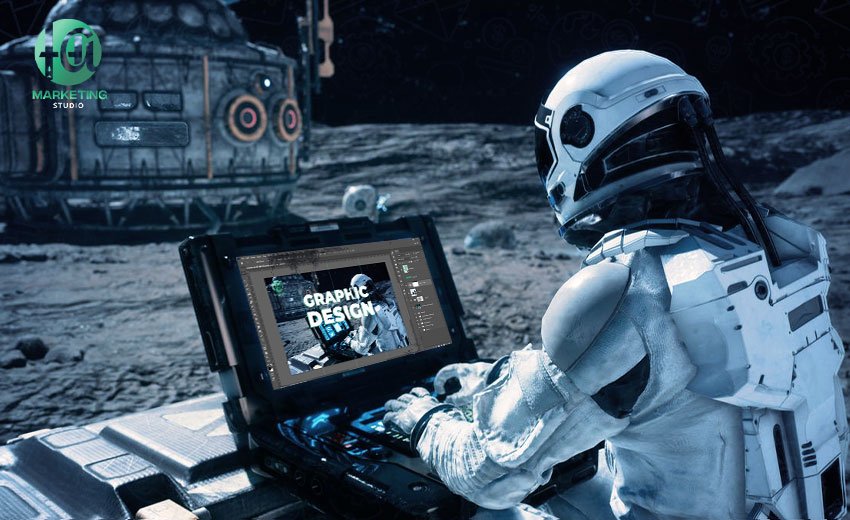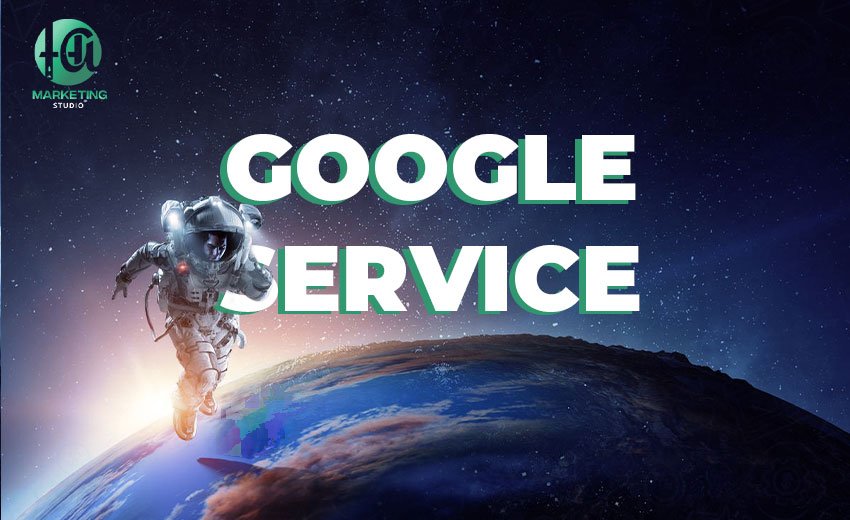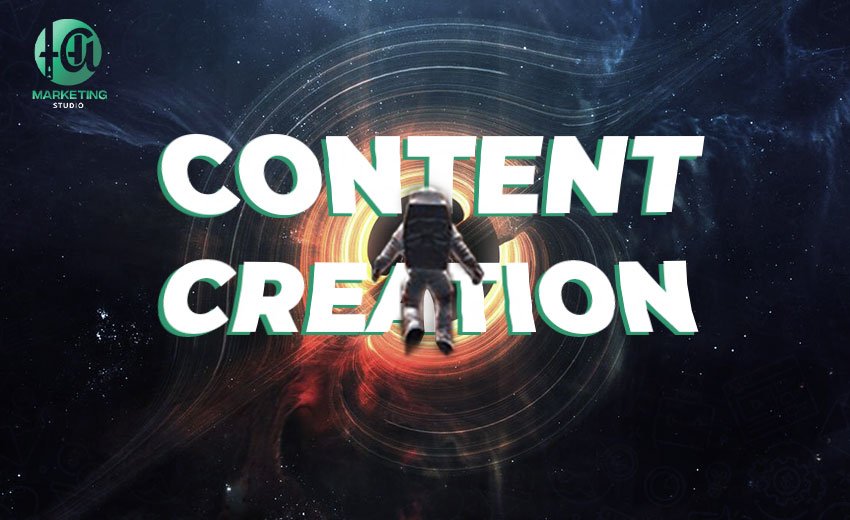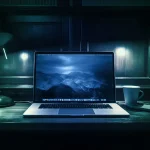Creating effective flyers requires a blend of technical and creative skills. A well-designed flyer can capture attention, convey a message clearly, and encourage the desired action.
-Here are some tips to help you improve your flyer design:
-Focus on Simplicity and Organization:
– Simple Design:
Keeping the design simple helps make the flyer easy to read and understand. Adequate white space is crucial to avoid a cluttered look.
– Structured Layout:
Use subheadings, bullet points, and concise text to organize content and make the information easy to digest.
-Use Colors and Fonts Wisely:
– Color Choice:
Colors should be consistent with your brand identity and provide good contrast to ensure readability. Bold colors can attract attention, while softer tones can convey professionalism.
– Readable Fonts:
Choose simple and legible fonts. Avoid using more than two different fonts in one flyer to maintain visual coherence.
-Incorporate High-Quality Images and Graphics:
– Engaging Images:
Use high-quality, relevant images that enhance the message. Images often capture more attention than text.
– Illustrations and Icons:
Graphics and icons can help clarify complex points and make the flyer more visually appealing.
-Write Effective Content :
– Catchy Headlines:
The headline is the first thing readers see, so make it engaging and clear. Use subheadings to draw attention to key points.
– Concise Text:
Keep the content brief and to the point. Use simple language and avoid lengthy sentences.
-Clear Call to Action (CTA):
– Direct CTA:
Include a clear and direct call to action, such as “Call Now,” “Visit Our Website,” or “Join Us Today.” The CTA should stand out and be easy to find.
-Visual Balance:
– Balanced Elements:
Distribute text and images evenly to avoid overloading one side of the flyer. Balanced designs help guide the reader’s eye naturally across the flyer.
– White Space:
Use white space effectively to avoid a cluttered look and make the flyer more readable.
-Experiment and Test:
– A/B Testing:
Experiment with different flyer designs and test them with your audience to see which one performs best. A/B testing can help determine the most effective elements.
– Feedback:
Gather feedback from others on the flyer design. Constructive criticism can reveal areas that need improvement.
-Adhere to Brand Identity:
– Brand Consistency:
Ensure that the flyer design aligns with your brand’s visual identity, including colors, fonts, and overall style. This helps in brand recognition.
– Coherence with Other Materials:
Make sure the flyer is consistent with other marketing materials to present a unified brand message.
– Conclusion
Improving flyer design involves paying attention to visual and organizational details. By keeping the design simple and organized, choosing appropriate colors and fonts, incorporating high-quality images, writing concise and compelling content, ensuring a clear call to action, and maintaining visual balance, you can create an effective flyer. Experimenting and testing, along with adhering to brand identity, further enhance the flyer’s effectiveness in conveying your message to the target audience.
here some articles that might interest you :
يلعب التصميم الجرافيكي دورًا حيويًا في صناعة الأفلام، حيث يساهم بشكل كبير في تعزيز الجوانب البصرية للفيلم وجعلها أكثر جاذبية للمشاهدين. يتضمن هذا المجال مجموعة واسعة من الأنشطة التي تتراوح بين تصميم الشعارات والعناوين وصولًا إلى إنشاء المؤثرات البصرية المعقدة.
-فيما يلي نظرة على كيفية استخدام التصميم الجرافيكي في صناعة الأفلام:
-تصميم الشعارات والعناوين:
-الشعارات والعناوين:
يتم تصميم الشعارات والعناوين بأسلوب يعكس جوهر الفيلم ويجذب انتباه المشاهدين. يتضمن ذلك اختيار الخطوط والألوان والتصاميم التي تناسب موضوع الفيلم.
– شاشات العنوان (Title Screens):
تلعب شاشات العنوان دورًا كبيرًا في ضبط نغمة الفيلم منذ البداية، وغالبًا ما تكون مصممة بأسلوب فني يعكس الجو العام للفيلم.
-الملصقات الدعائية:
– الملصقات:
الملصقات الدعائية هي من أهم الأدوات التسويقية للأفلام. يتم تصميمها بعناية لجذب انتباه الجمهور وإعطائهم فكرة عن موضوع الفيلم وأجوائه.
– الإعلانات:
تصميم الإعلانات يشمل استخدام الصور والمقاطع النصية بطريقة تبرز النقاط البارزة في الفيلم وتثير فضول الجمهور.
-المؤثرات البصرية (VFX):
-المؤثرات البصرية:
تلعب المؤثرات البصرية دورًا كبيرًا في خلق عوالم خيالية وإضفاء الواقعية على المشاهد التي قد تكون مستحيلة أو مكلفة جدًا لتنفيذها في الواقع. تتضمن هذه المؤثرات تصميم نماذج ثلاثية الأبعاد وتحريكها وإضافة تأثيرات خاصة مثل الانفجارات والضوء والظلال.
– التحريك (Animation):
في أفلام الرسوم المتحركة، يتم إنشاء الشخصيات والبيئات بالكامل باستخدام التصميم الجرافيكي ثلاثي الأبعاد. يتطلب ذلك قدرًا كبيرًا من المهارات في النمذجة والتحريك وإضفاء الحيوية على الشخصيات.
-التصميم داخل الفيلم (In-Film Graphics):
– الشاشات الداخلية:
تشمل تصميمات الشاشات المستخدمة داخل الفيلم، مثل الشاشات الموجودة في أجهزة الكمبيوتر أو الهواتف المحمولة التي تظهر في المشاهد.
-الخرائط والوثائق:
تصميم الخرائط والوثائق التي تظهر في الفيلم لتعزيز الحبكة وتقديم المعلومات بطريقة مرئية وجذابة.
-بيئات ثلاثية الأبعاد:
– البيئات الافتراضية:
يتم استخدام التصميم الجرافيكي لإنشاء بيئات افتراضية ثلاثية الأبعاد، يمكن أن تكون واقعية أو خيالية، مما يتيح للمخرجين إبداع مشاهد مذهلة بتكاليف أقل.
– التكامل مع التصوير الحقيقي:
غالبًا ما يتم دمج البيئات الافتراضية مع التصوير الحي، مما يتطلب تنسيقًا دقيقًا لضمان اتساق الإضاءة والظلال والألوان بين العناصر الواقعية والافتراضية.
-أمثلة على استخدام التصميم الجرافيكي في الأفلام :
-أفلام الخيال العلمي والفانتازيا: مثل “أفاتار” و”حرب النجوم”، حيث يتم إنشاء عوالم وشخصيات خيالية بالكامل باستخدام التصميم الجرافيكي.
– أفلام الحركة والمغامرة: مثل “سلسلة أفلام مارفل” و”باتمان”، التي تعتمد بشكل كبير على المؤثرات البصرية لتعزيز مشاهد الأكشن والخيال.
– الأفلام الوثائقية والتعليمية: التي تستخدم الرسوم التوضيحية والرسوم البيانية لشرح المفاهيم وتقديم المعلومات بشكل مرئي.
الخاتمة :
يعتبر التصميم الجرافيكي عنصرًا أساسيًا في صناعة الأفلام، حيث يساهم في إنشاء التجارب البصرية الغامرة والجذابة التي تحبب المشاهدين وتبقى في ذاكرتهم. بفضل التقدم التكنولوجي، أصبح بالإمكان تحقيق رؤى إبداعية مذهلة وجعلها جزءًا لا يتجزأ من سرد القصص السينمائية.


